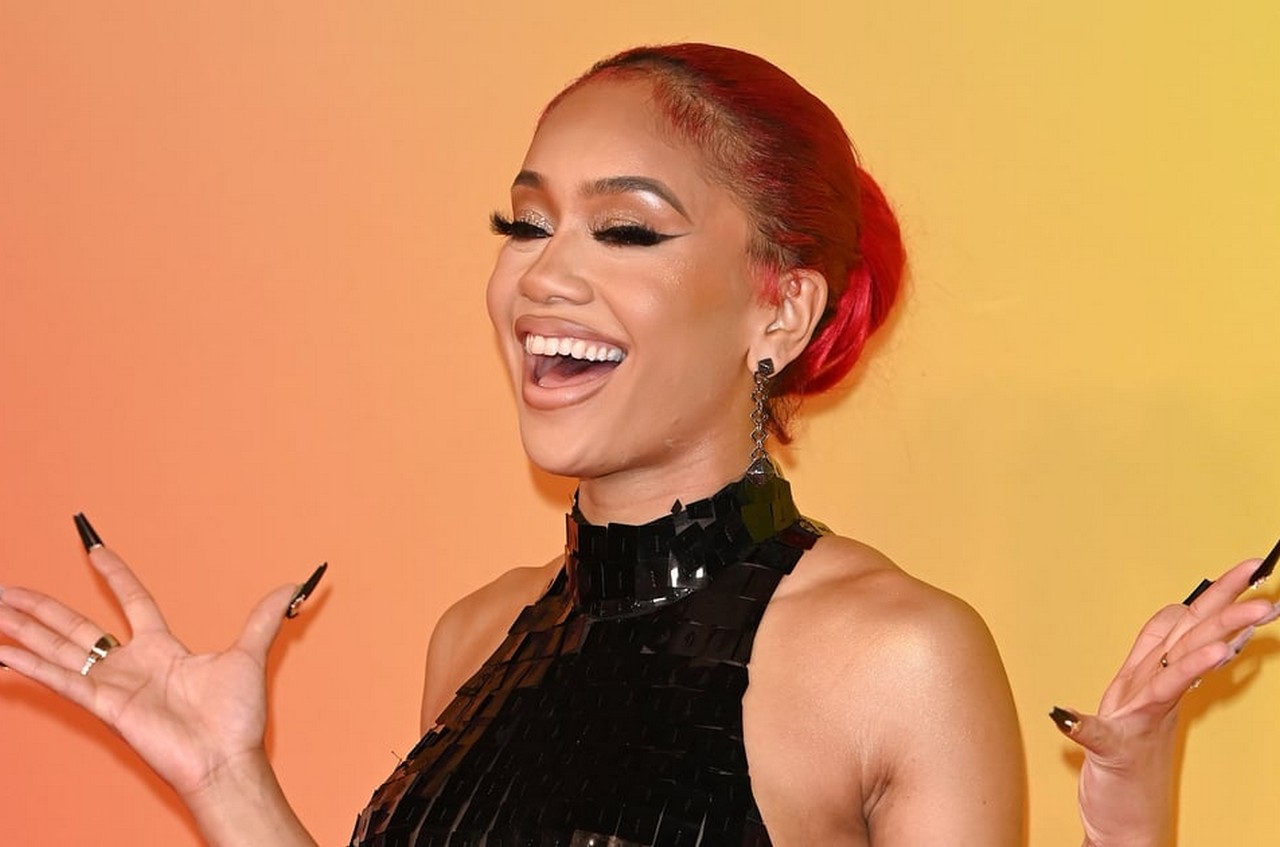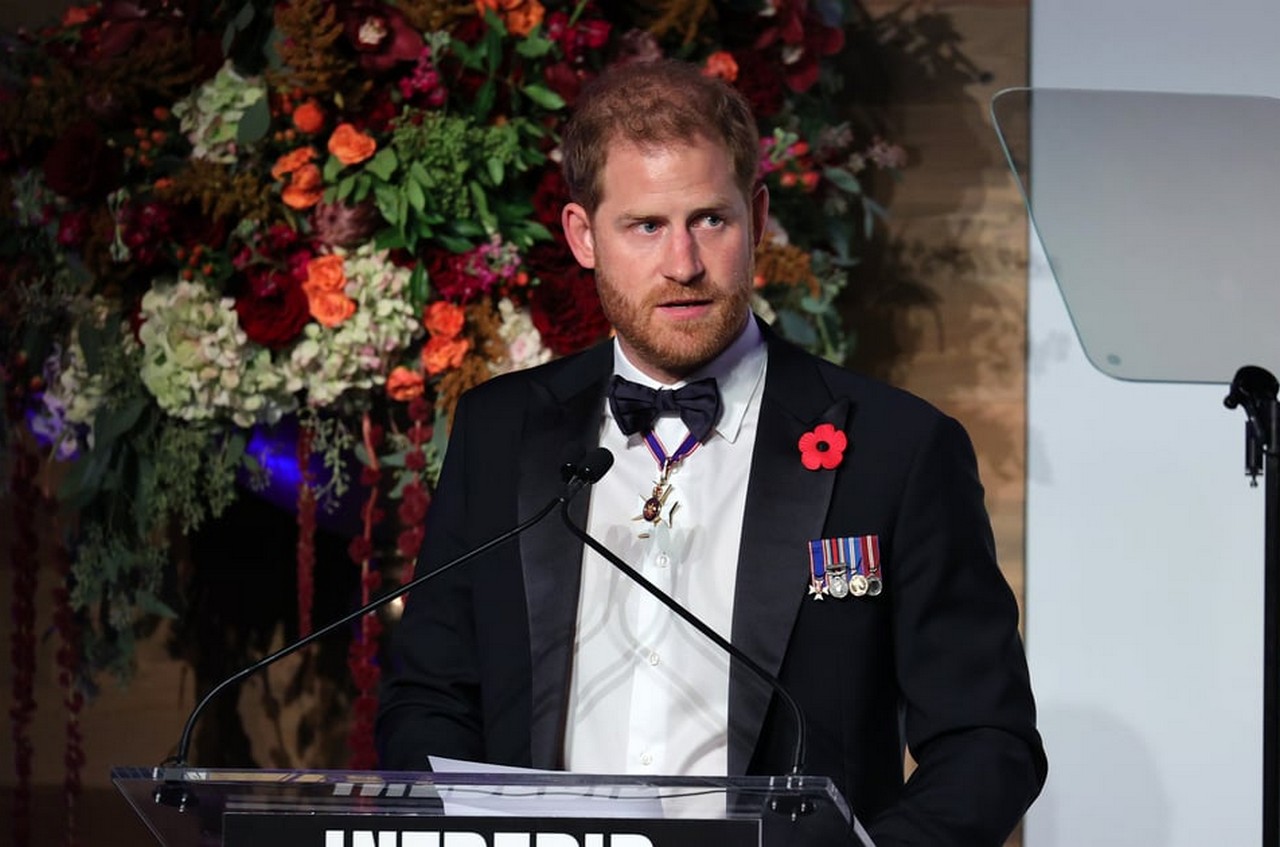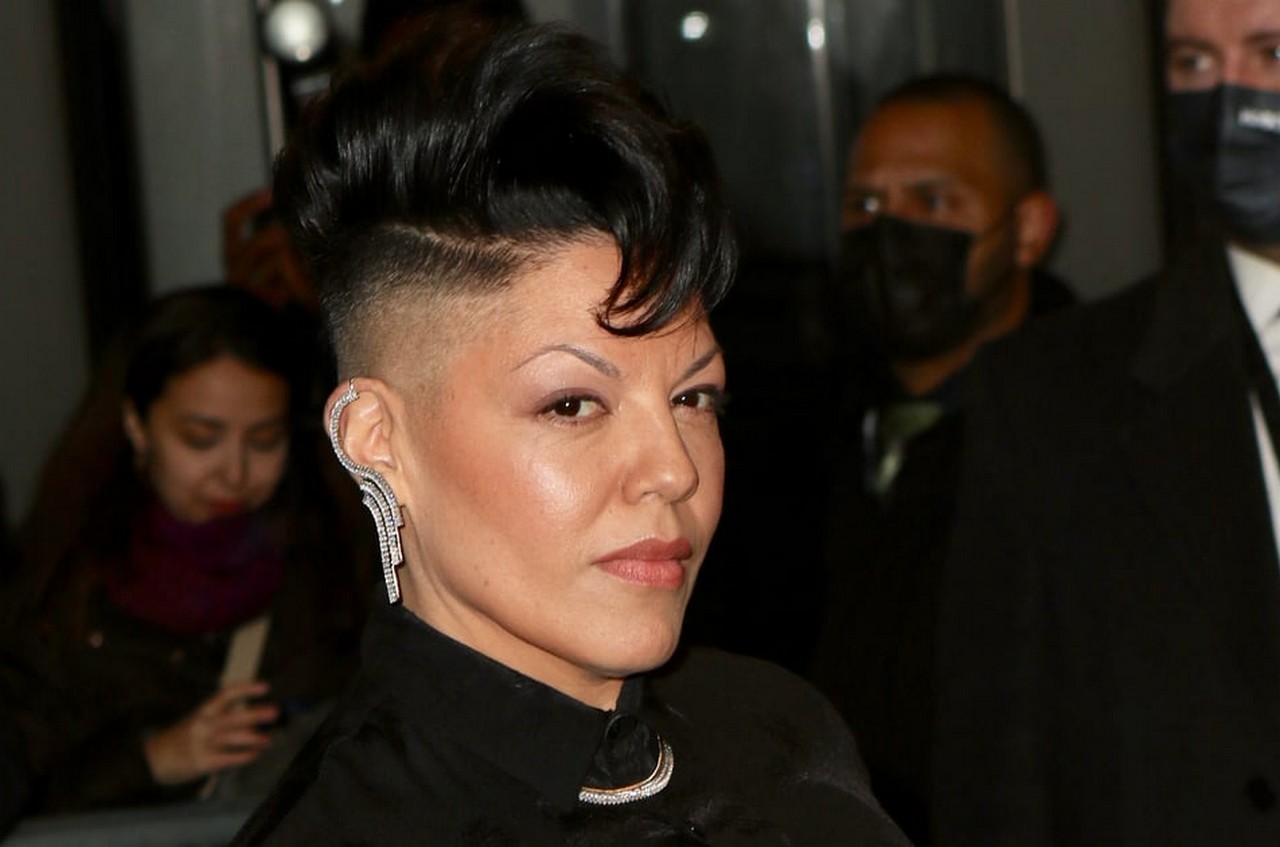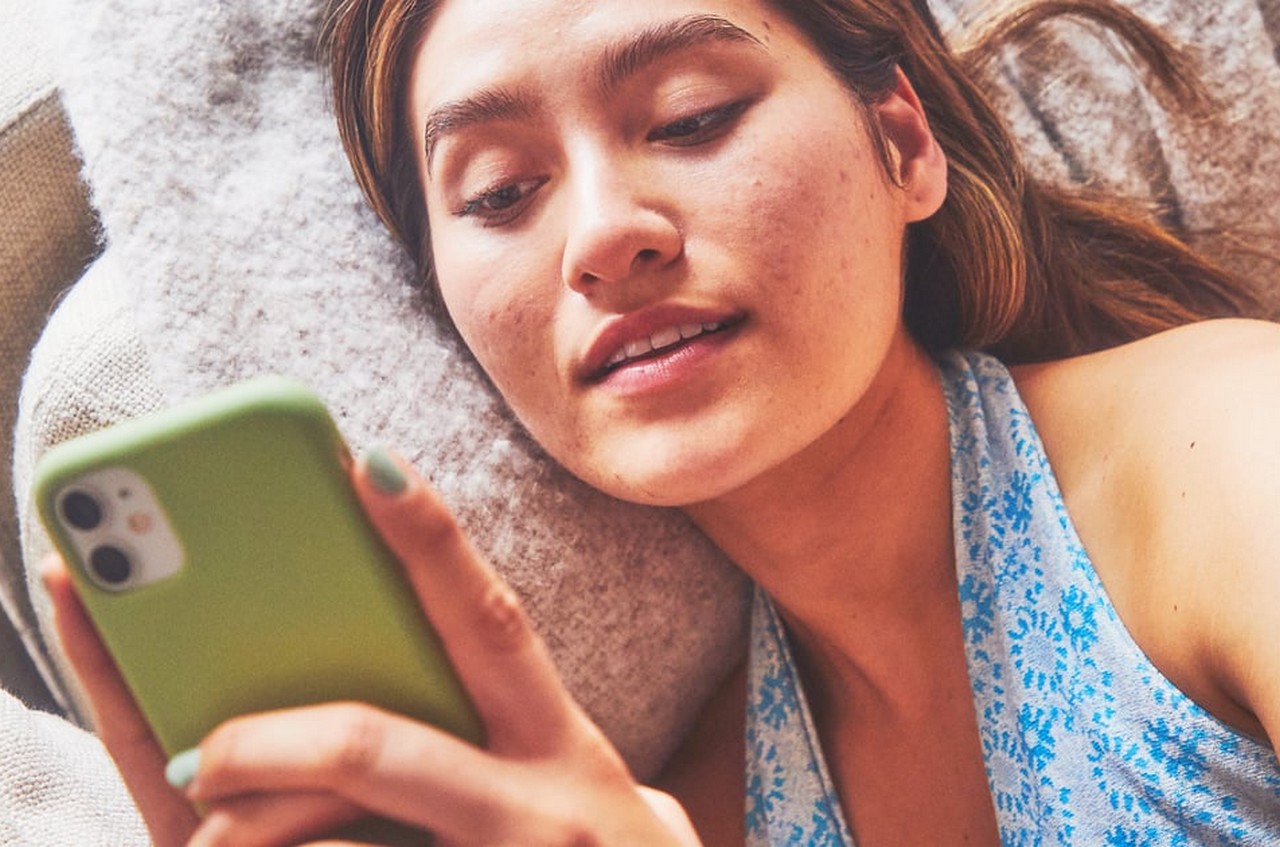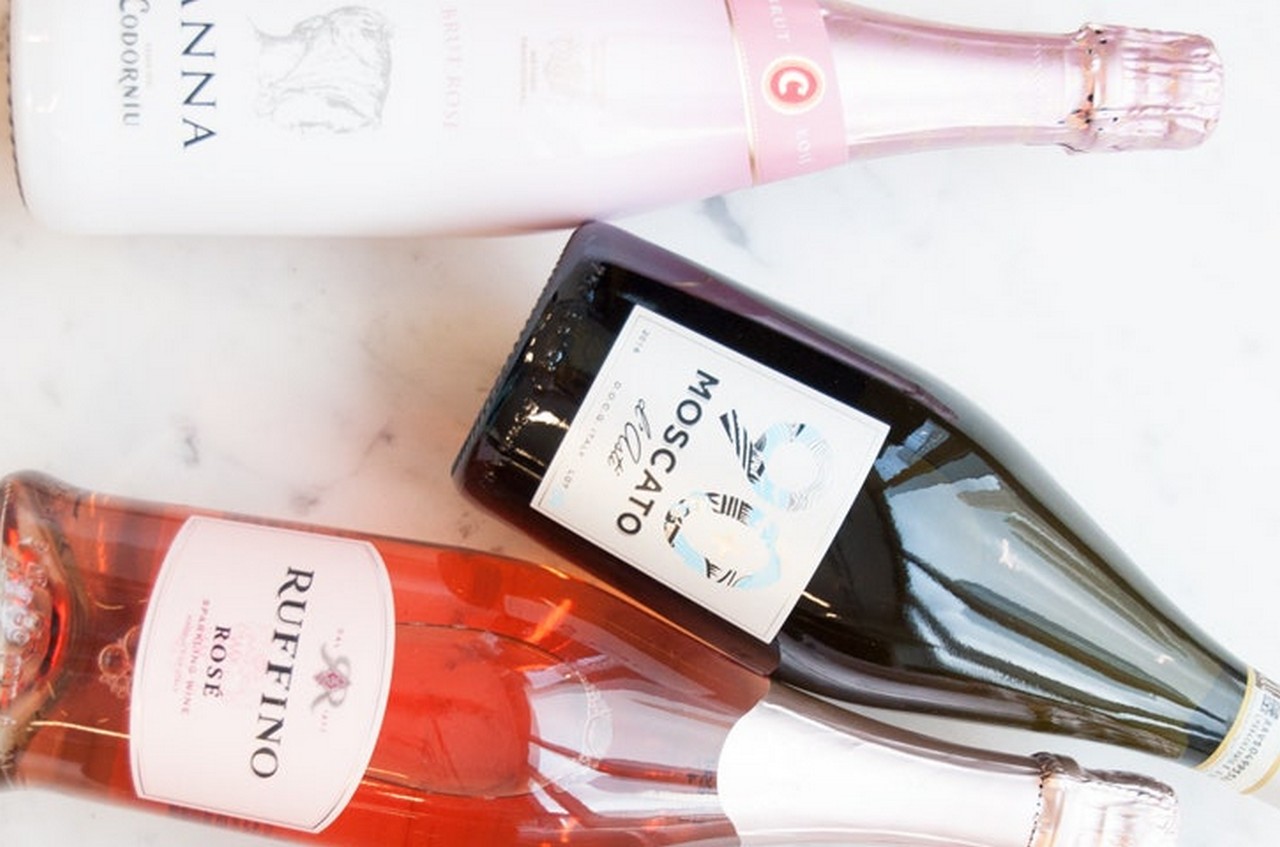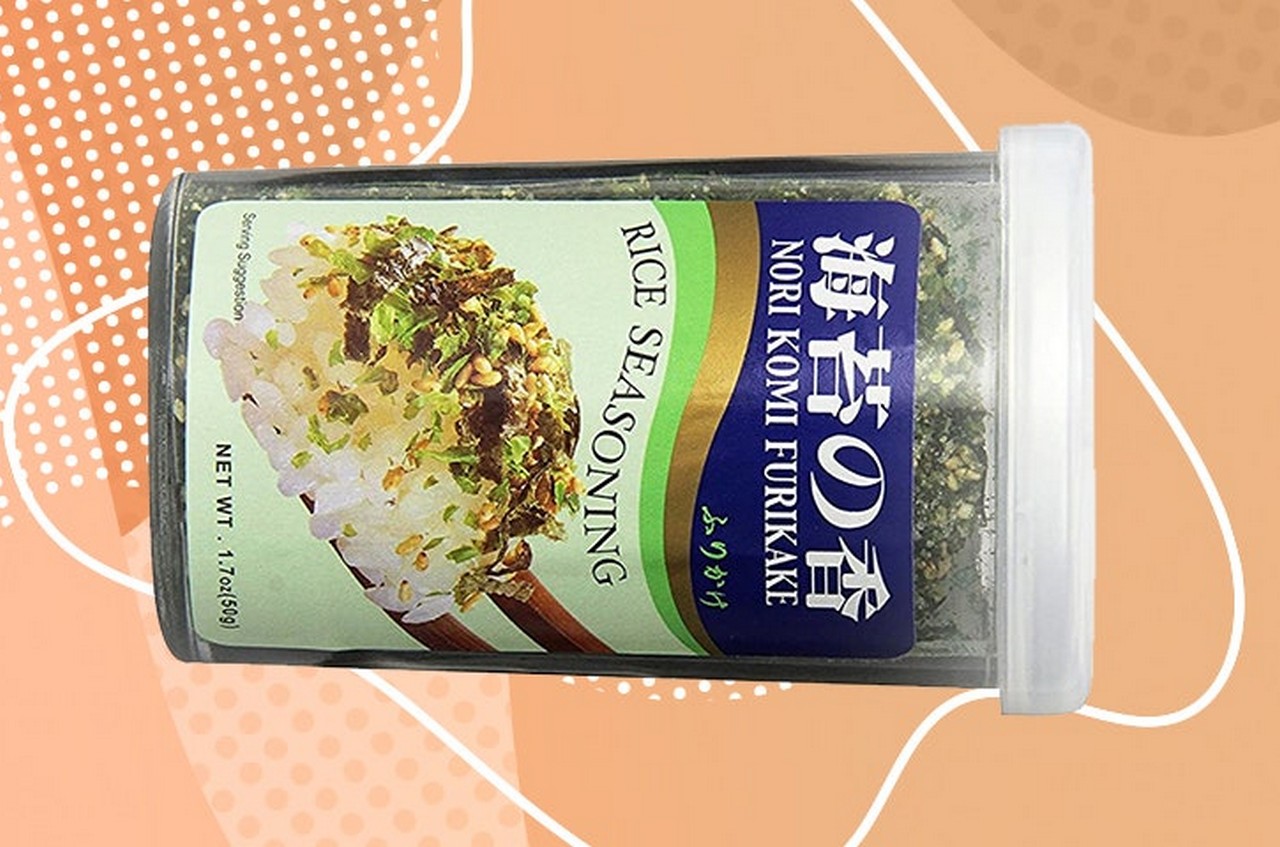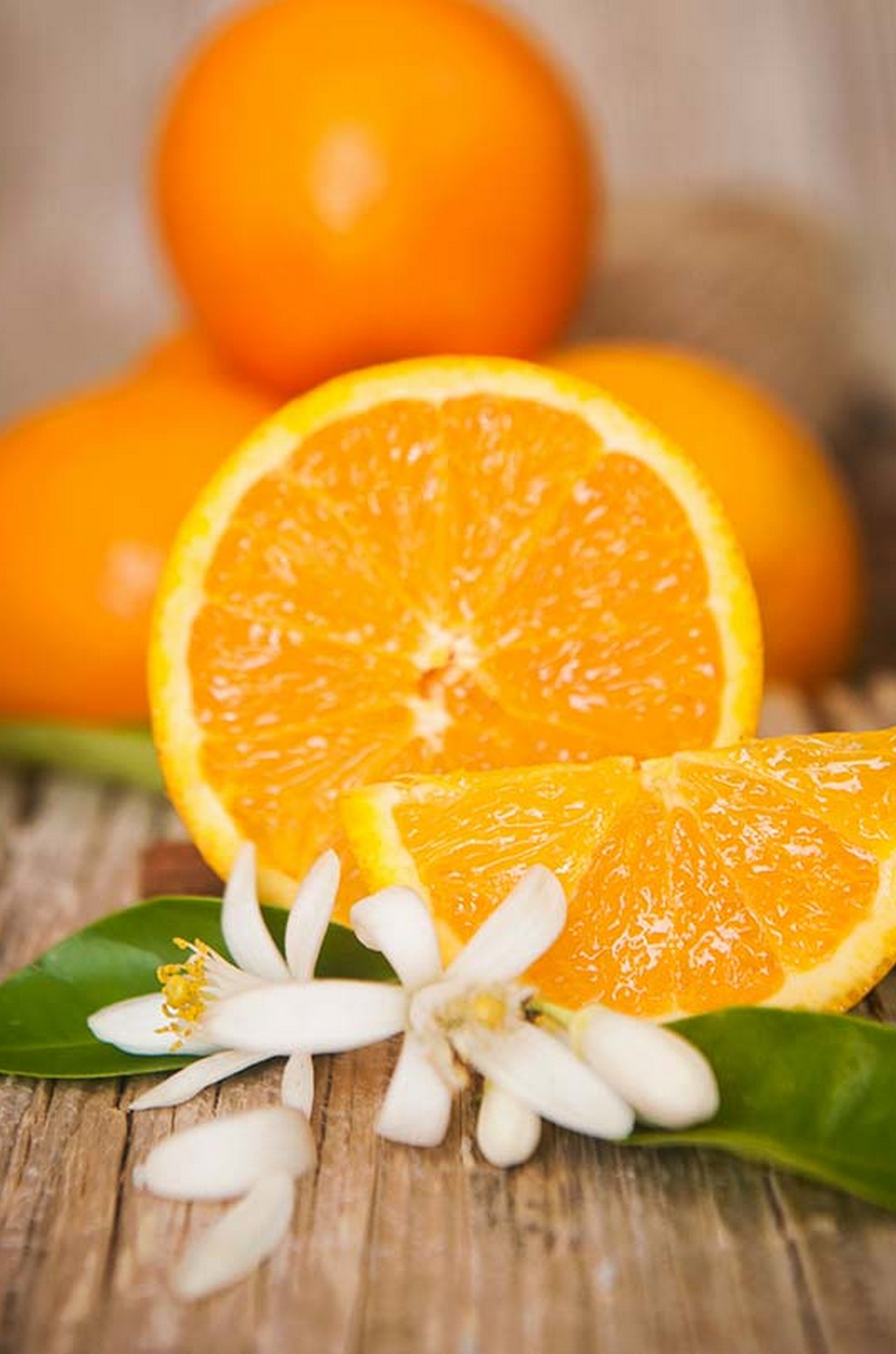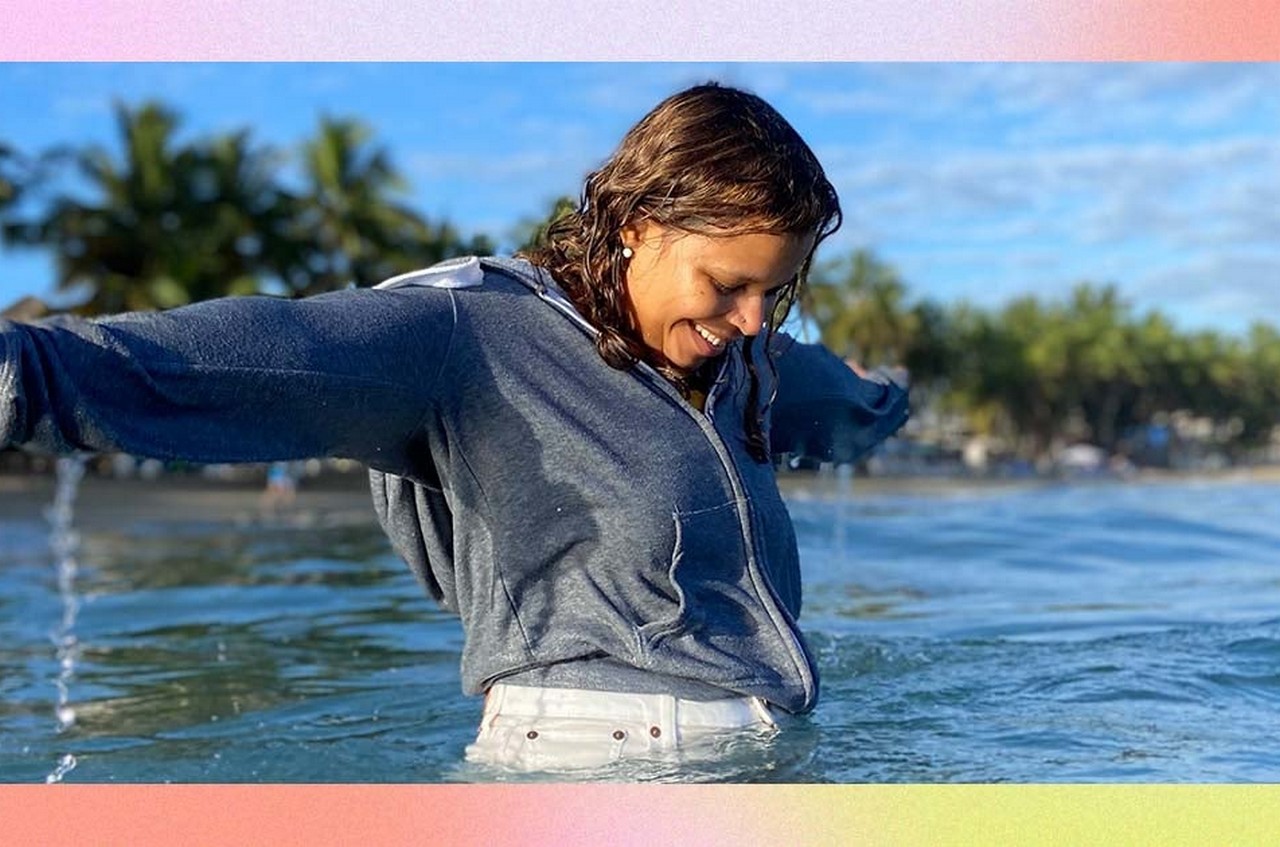
The day after my birthday last year, I began taking medication after being diagnosed with anxiety and dysthymia (a form of long-term depression). It was a tough decision not only because I come from a family culture where mental health issues are hard to address, but also because the holistic lifestyle I’ve been trying to live by has strong critiques of Western medicine. According to the Centers For Disease Control and Prevention, from 2015 to 2018, 13.2 percent of Americans ages 18 and over reported taking antidepressant medication in the past 30 days. Reports found that antidepressant use was also higher among women than men in every age group. And yet motivational speakers and holistic healers often convey a message that alludes to, “We have to be stronger, dig deeper, and find the solution within us” — and not by taking meds. Too often, myths surrounding depression are tied to a “negative” mindset rather than chemical imbalances, leaving those of us who have been diagnosed with feelings of shame. Hearing mentors and friends alike perpetuate this mentality made me afraid to seek out psychiatric help.
For me, the answer was dug deeply in places that were hard to reach, buried in my body made of trauma that had me living in constant survival mode. Opening up about my story helped me dig out those truths about myself — allowing me to continue on a healing journey by embracing those truths openly instead of hiding and seeking external validation. I shared paragraphs from my psychiatric diagnosis in my most recent book, “How I Became a Mermaid,” a story about choosing to become a mermaid in order to heal. The book is my honest, magical, and at times gut-wrenching manifesto, about liberating myself from society’s conservative standards of womanhood by letting myself embrace my truth as someone struggling with mental health issues. It explores suicide, death and rebirth, mental health issues, nationalism, and belonging through a magical-realism lens.
Instead of hiding, I sought to celebrate my delusions and dark instances. In one part of a poem about dancing the night away by myself with a cup of wine and jazz playing, I ask myself, “I wonder if the neighbors can hear me / I wonder if I’m la loca de la cuadra” — it was a way of saying I was shamelessly embracing delirium. And while I also have many reservations when it comes to Western medicine, being open about taking medication in my poetry helped me remember to be tender with myself as I seek stability.
Putting my heart and truths and darkest thoughts on my sleeve in this way also felt like a way of uplifting myself amid a society that wishes to shove mental health issues under the rug. It felt like a way of reminding myself that I shouldn’t have to hide in order to be deserving of love and softness. Being openly soft was crucial in my healing journey and in finding answers to my inner turmoil — I was giving myself permission to feel and love myself through those feelings.
Sharing images of my metaphorical transformation into a mermaid on social media as an online exhibit felt like I was shedding my skin in a very real sense beyond the images. It felt like I was exposing myself and therefore pushing myself to remember and truly believe I am worthy despite what labels others might place on me — like “crazy,” “ill,” or “rash.”
As someone who works in media and relies on gigs I get online, I initially felt pressure to censor myself, afraid that no one would want to hire me. But by not censoring myself, I not only defied those expectations but also redefined who I am for me and any future employers. I was saying, you should hire me not despite this but because of this. Because I am bold and I am complex and I am standing in my truth. The story in “How I Became a Mermaid” is about how I got to that place of darkness — from being a survivor of sexual assault and sexual harassment to living in fear because of online harassment. It offers a critique of nationalism and Dominicanidad (my ethnic background) as someone who was targeted for writing about immigration issues. The story in the book is about how I grew tired of what was expected of me from a very young age: I was expected to be dainty, to be pleasant, to be pleasing, to be servile, to get married, and to have kids. As the saying goes, “Calladita te ves mas bonita.”
My father recently told me that he knew it would be hard for me to find a husband because I was independent and men like women who they can control — but that he still had hope. I was fed up and wanted to believe that I didn’t need a man to validate me as a human of worth. Becoming a mermaid and leaning into magical realism allowed me to imagine another kind of womanhood, one that I could define for myself. In science fiction, humans have long leaned into myths in order to face truths about themselves, using transformation as a metaphor. When it comes to mermaids, there are entire online communities of cis women who identify with this archetype because of their affinity for water. Many trans women also identify with mermaids and show out during parties, festivals, and significant events like the Coney Island Mermaid Parade in NYC.
I’ve always felt a deep connection with water and its way of embracing us, so it’s as if the mermaid archetype chose me. And I’m not only defined by that archetype but by many others like fairies, aliens, and even beasts.
The online visuals together with the book “How I Became a Mermaid” were a form of me saying, “I’m weird, and that’s OK.” Ironically, in leaning deeply into my mermaidhood, I actually felt my conviction as a woman growing and standing on my own two feet. I am woman, one who is brilliant and one who also has her dark moments, and during both instances, I am more than enough.

